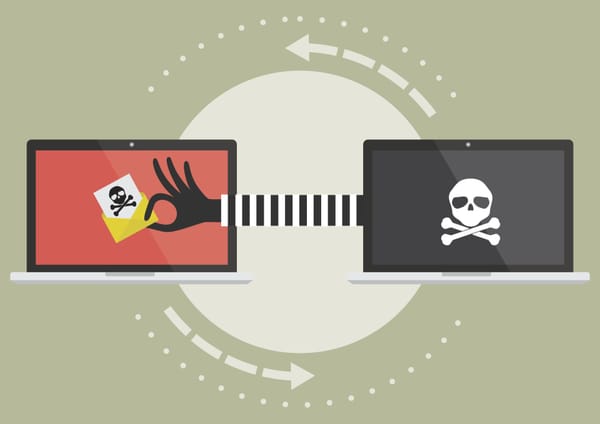Protect Your Important: How Spyware Infects Smartphones and How to Defend Against It

Not long ago, malware was something that infected only computers. Today, threat actors also target smartphones with malware, taking advantage of the many attack avenues available in the mobile ecosystem.
A study commissioned by Bitdefender showed that half of netizens use a phone as their main device for personal activities. At the same time, many users shun security solutions, thinking they’re either useless or that their phone has enough built-in defenses to protect them. Yet smartphone users are targeted worldwide, not just with scams but also with malware.
What is spyware?
Spyware is one the most dangerous types of malware out there, not just because of its ability to pilfer sensitive data, but also because it can infect devices without any input from the user. It’s designed to covertly observe and collect information about a user's activities without their knowledge or consent. Some jealous, but otherwise regular people use it to spy on their spouses.
At the advanced end of the spectrum, state-sponsored hackers use mercenary spyware to target high-profile targets, like dissidents, political activists, journalists and political figures – typically to gather data involving geopolitical rivalries.
How spyware works
Stealthy Operation – Spyware operates silently. It can run in the background without the user's knowledge, collecting data over an extended period.
Data collection – Spyware is designed to collect various types of sensitive information, including keystrokes, login credentials, personal messages, etc. The data is then transmitted to a remote server controlled by the attacker.
Monitoring and surveillance – Spyware can monitor a user's activities online and offline, including web browsing history, and application usage. This gives attackers insights into the user's behavior and preferences.
Voice and video capture – Some types of spyware (typically mercenary spyware) can capture screenshots of the user's screen, take photos using the device’s built-in cameras, and record sounds with the phone’s mic.
System modifications – Spyware may alter system settings, install additional software, make changes to the device's configuration to maintain persistence and avoid detection.
How phones get infected with spyware
Spyware is distributed through various channels, but ultimately all attack vectors align to a single goal: deploy a malicious payload onto the target device. Here’s a rundown of the avenues bad actors take to infect phones with spyware, so you know what to look out for.
Sideloading ‘unofficial’ apps – Downloading apps from unofficial app stores or third-party sources increases the risk of a spyware infection. It’s recommended that you stick to reputable app stores like Google Play and the Apple App Store.
Phishing – Clicking on malicious links in emails, text messages, or websites can lead to spyware infection. Avoid clicking on links from unknown or suspicious sources.
Unpatched vulnerabilities – Outdated / unpatched software may harbor vulnerabilities that can be exploited by spyware. In the past few years, Apple has been embroiled in a cat-and-mouse game with mercenary spyware developers exploiting zero-day flaws in the iPhone operating system. Make sure your phone's OS is regularly updated with the latest security patches.
Pre-installed Apps – some phones come with pre-installed apps that may have spyware or tracking features. Review and disable unnecessary pre-installed apps you’re not sure about.
Physical Access – This one goes without saying, but if someone gains physical access to your phone, they can install spyware without your knowledge. So it’s crucial that you lock your phone with a PIN code or biometric authentication.
Be mindful of these attack avenues and always keep your phone up to date with the latest security updates issued by your vendor. Consider using a dedicated security solution as well, not just to combat spyware, but to protect yourself against the wider palette of threats out there.
tags
Author
Filip has 15 years of experience in technology journalism. In recent years, he has turned his focus to cybersecurity in his role as Information Security Analyst at Bitdefender.
View all postsRight now Top posts
How to Protect Your WhatsApp from Hackers and Scammers – 8 Key Settings and Best Practices
April 03, 2025
Outpacing Cyberthreats: Bitdefender Together with Scuderia Ferrari HP in 2025
March 12, 2025
Streamjacking Scams On YouTube Leverage CS2 Pro Player Championships to Defraud Gamers
February 20, 2025
How to Identify and Protect Yourself from Gaming Laptop Scams
February 11, 2025
FOLLOW US ON SOCIAL MEDIA
You might also like
Bookmarks








